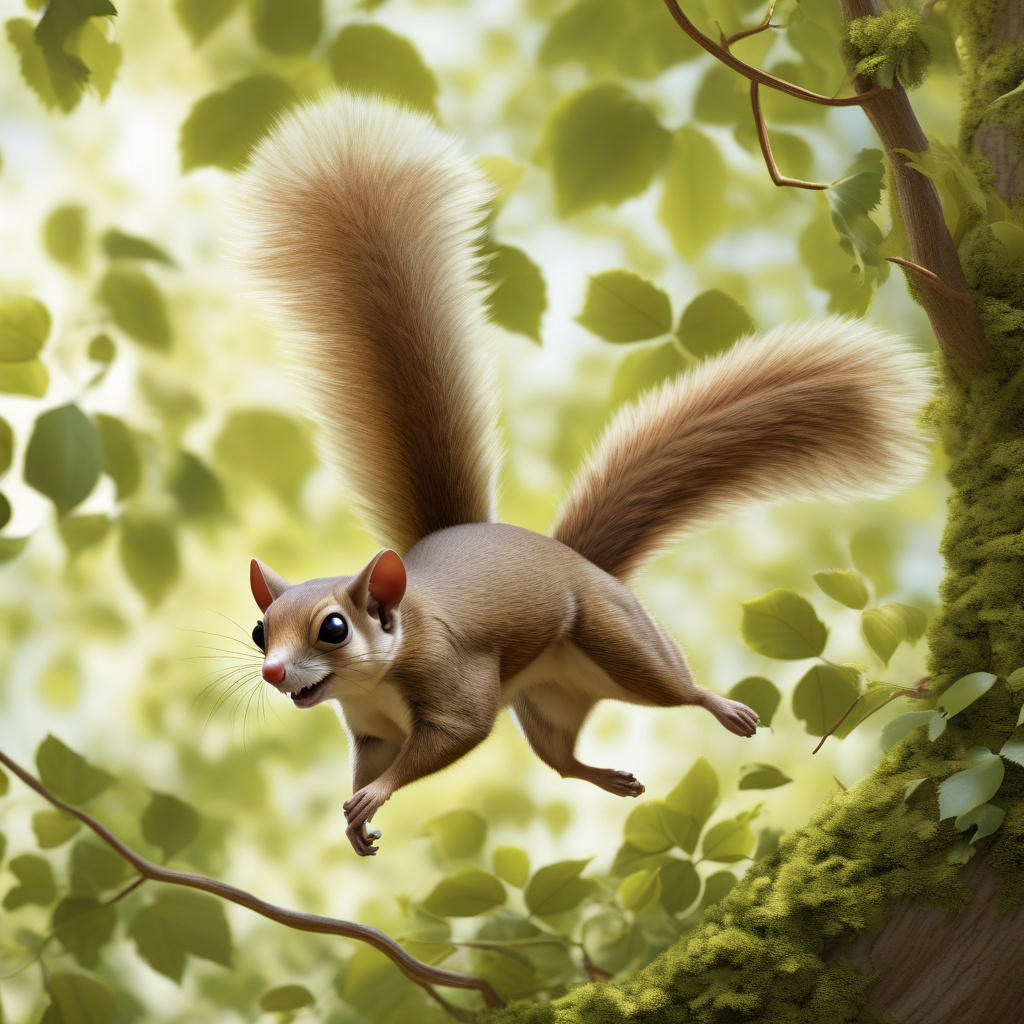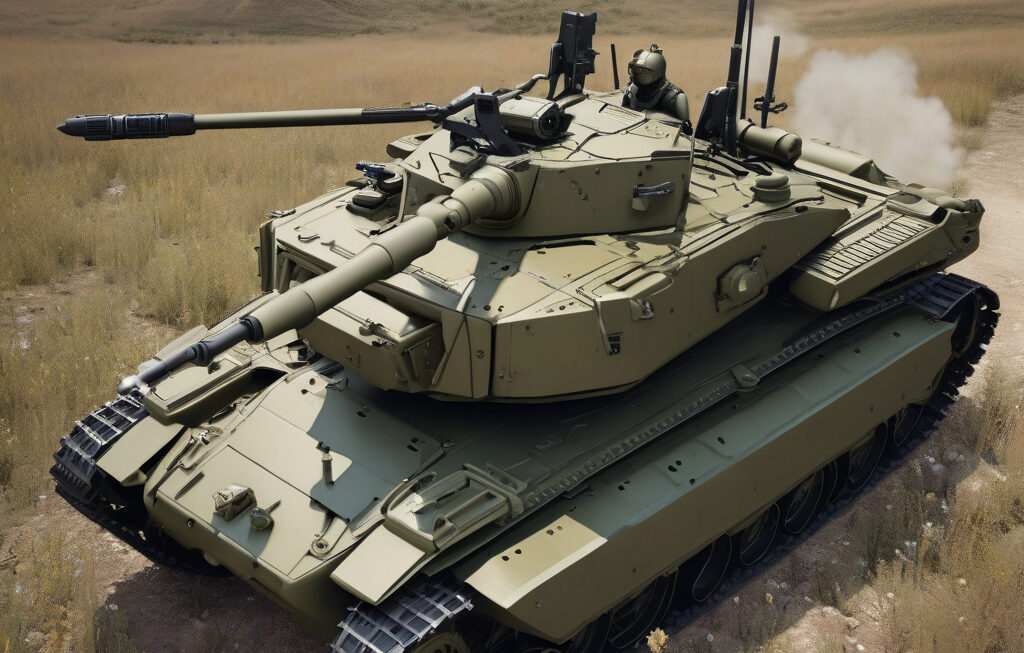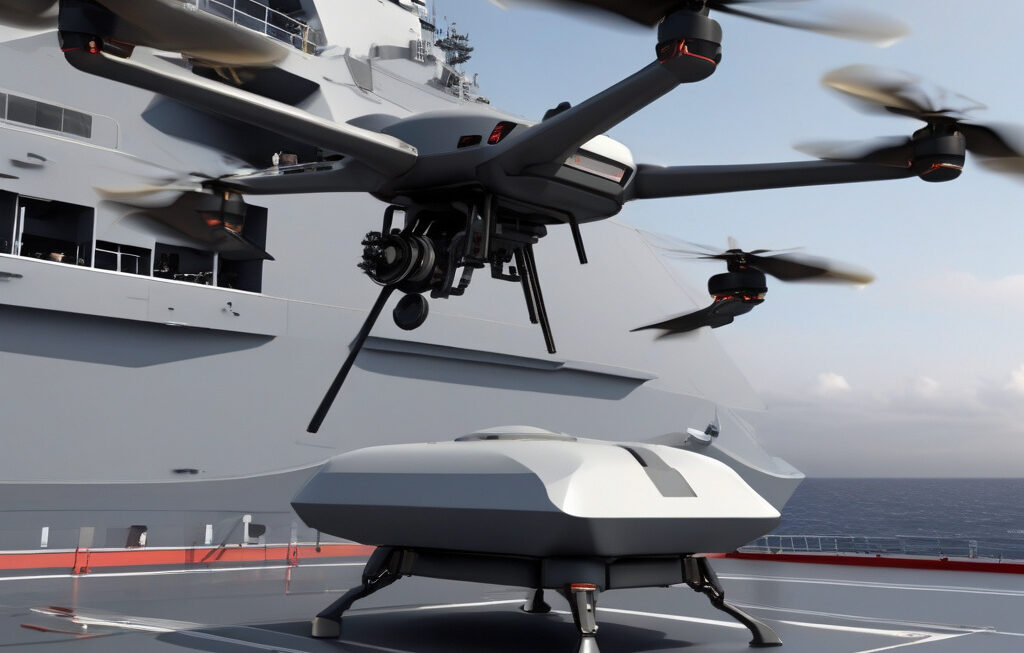Flying Squirrels’ Tail Mechanics Drive Breakthrough for Bionic Drones, Robots
Scientists in Switzerland have turned to a rare flying squirrel’s remarkable treetop agility to develop groundbreaking technology for bionic drones and robots. By studying the biomechanics of these fascinating creatures, researchers have unlocked the secrets behind their extraordinary aerial maneuvers, particularly focusing on the role of their tails in controlling flight and landing. The insights gained from this study have paved the way for significant advancements in the field of robotics, offering new possibilities for agile and efficient flying machines.
Flying squirrels are renowned for their ability to glide with unmatched precision through dense forests, effortlessly navigating obstacles with swift and calculated movements. Central to their aerial prowess is the intricate coordination of various body parts, with the tail playing a crucial role in maintaining stability and controlling direction during flight. Inspired by this natural design, scientists have incorporated similar principles into the development of bionic drones and robots, aiming to enhance their maneuverability and adaptability in complex environments.
One key aspect that sets flying squirrels apart is their ability to make rapid adjustments to their flight path by using their tail as a rudder. By adjusting the angle and position of their tail, these agile creatures can execute sharp turns, correct course deviations, and land gracefully on tree branches with remarkable precision. This level of control and agility has long intrigued researchers seeking to replicate such capabilities in artificial systems, and the recent breakthrough in tail mechanics offers a promising solution to this challenge.
Through a series of experiments and simulations, scientists have been able to analyze the intricate movements of the flying squirrel’s tail and translate them into algorithms that can be implemented in bionic drones and robots. By mimicking the dynamic adjustments observed in nature, these artificial systems can now exhibit enhanced stability, responsiveness, and control during flight, opening up a wide range of applications in fields such as search and rescue, surveillance, and environmental monitoring.
Furthermore, the integration of flying squirrel-inspired tail mechanics has the potential to revolutionize the design of aerial vehicles, enabling them to navigate tight spaces, avoid obstacles, and land with precision in challenging environments. This innovative approach not only enhances the performance of bionic drones and robots but also showcases the power of bioinspired engineering in pushing the boundaries of technological innovation.
As the demand for agile and versatile robotic systems continues to grow across various industries, the insights gained from studying flying squirrels’ tail mechanics offer a valuable blueprint for developing next-generation aerial platforms. By harnessing nature’s ingenuity and applying it to robotics, researchers are not only advancing the capabilities of artificial systems but also gaining a deeper understanding of the biomechanical principles that govern complex movements in the natural world.
In conclusion, the fusion of biology and technology in the study of flying squirrels’ tail mechanics represents a significant leap forward in the development of bionic drones and robots. By drawing inspiration from these extraordinary creatures, scientists have unlocked a new realm of possibilities for creating agile, efficient, and adaptive flying machines that can revolutionize industries and drive innovation in the field of robotics.
flying squirrels, tail mechanics, bionic drones, robots, bioinspired engineering












